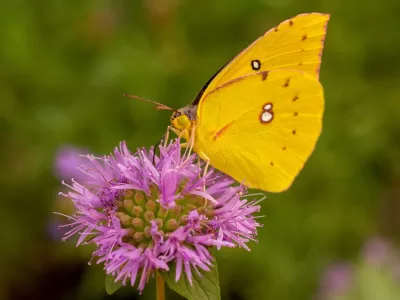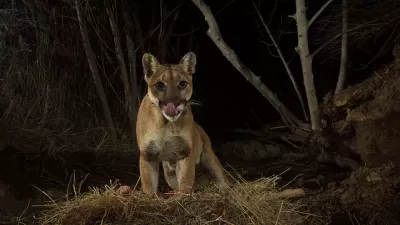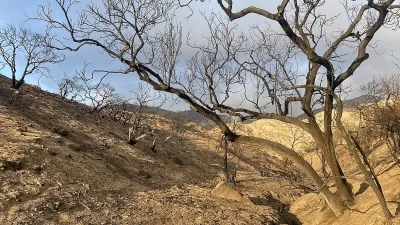A study reveals that L.A. is a surprising hotspot for insect and spider biodiversity, with diversity driven more by proximity to mountains and stable temperatures than by land value.

A recent study highlights that urban Los Angeles is a surprising haven for insect and spider biodiversity. Analyzing data from the Los Angeles Natural History Museum’s BioSCAN project, researchers found that the most significant predictors of arthropod diversity in the city are proximity to the mountains and consistent temperature throughout the year. This study challenges the "luxury hypothesis," which posits that wealthier neighborhoods, with more greenery, should naturally support greater biodiversity. Contrary to this assumption, the research revealed that land value had minimal impact on the diversity of spiders and insects.
The BioSCAN project, which collected data from traps set up by volunteers between 2014 and 2018, identified over 400 distinct bug species across Greater Los Angeles. The findings show that despite urban development and habitat loss, some species thrive in city environments. Urban areas often attract invasive species, such as the brown widow spider, which has been replacing native spiders. Such shifts in species populations underline the importance of maintaining insect diversity for urban ecosystem health.
Understanding urban biodiversity is crucial as cities are projected to expand significantly in the coming decades. Although the study sheds light on factors affecting arthropod diversity, more research is needed to fully grasp how this diversity impacts urban ecosystems. Future studies will examine seasonal changes in bug populations and incorporate bioacoustic data to assess the role of bats in these ecosystems. Insights gained could help guide policy and planning to better support insect biodiversity amidst growing cities.

Study: Maui’s Plan to Convert Vacation Rentals to Long-Term Housing Could Cause Nearly $1 Billion Economic Loss
The plan would reduce visitor accommodation by 25,% resulting in 1,900 jobs lost.

North Texas Transit Leaders Tout Benefits of TOD for Growing Region
At a summit focused on transit-oriented development, policymakers discussed how North Texas’ expanded light rail system can serve as a tool for economic growth.

Why Should We Subsidize Public Transportation?
Many public transit agencies face financial stress due to rising costs, declining fare revenue, and declining subsidies. Transit advocates must provide a strong business case for increasing public transit funding.

How Community Science Connects People, Parks, and Biodiversity
Community science engages people of all backgrounds in documenting local biodiversity, strengthening connections to nature, and contributing to global efforts like the City Nature Challenge to build a more inclusive and resilient future.

Alabama: Trump Terminates Settlements for Black Communities Harmed By Raw Sewage
Trump deemed the landmark civil rights agreement “illegal DEI and environmental justice policy.”

Dear Tesla Driver: “It’s not You, It’s Him.”
Amidst a booming bumper sticker industry, one writer offers solace to those asking, “Does this car make me look fascist?”
Urban Design for Planners 1: Software Tools
This six-course series explores essential urban design concepts using open source software and equips planners with the tools they need to participate fully in the urban design process.
Planning for Universal Design
Learn the tools for implementing Universal Design in planning regulations.
City of Santa Clarita
Ascent Environmental
Institute for Housing and Urban Development Studies (IHS)
City of Grandview
Harvard GSD Executive Education
Toledo-Lucas County Plan Commissions
Salt Lake City
NYU Wagner Graduate School of Public Service





























